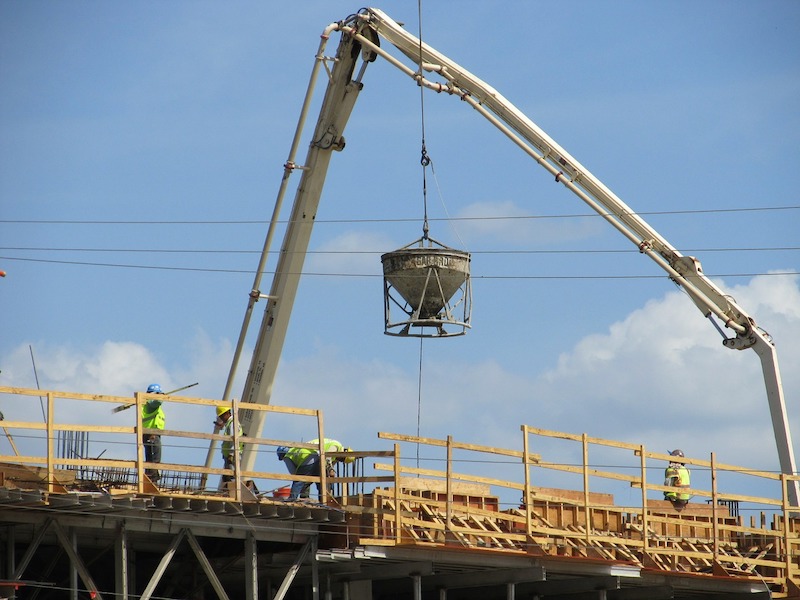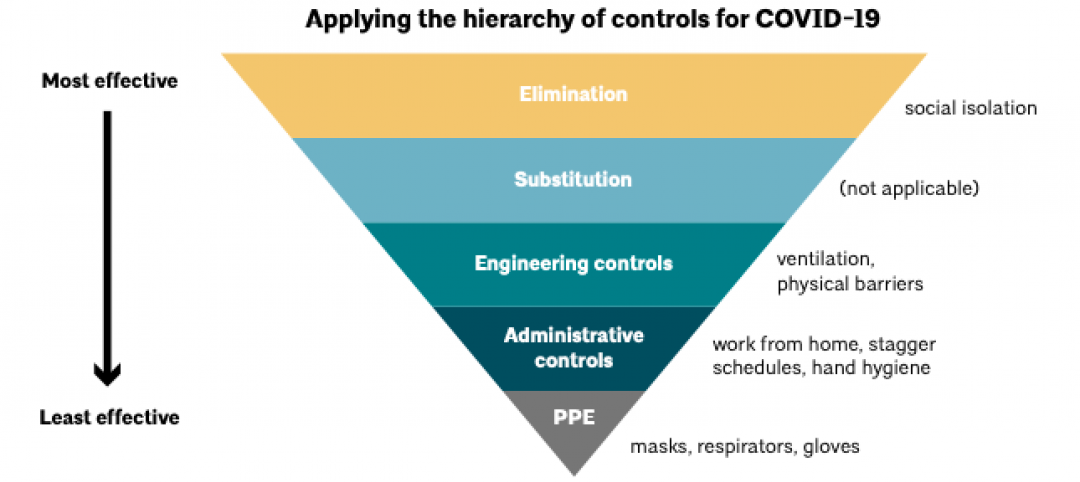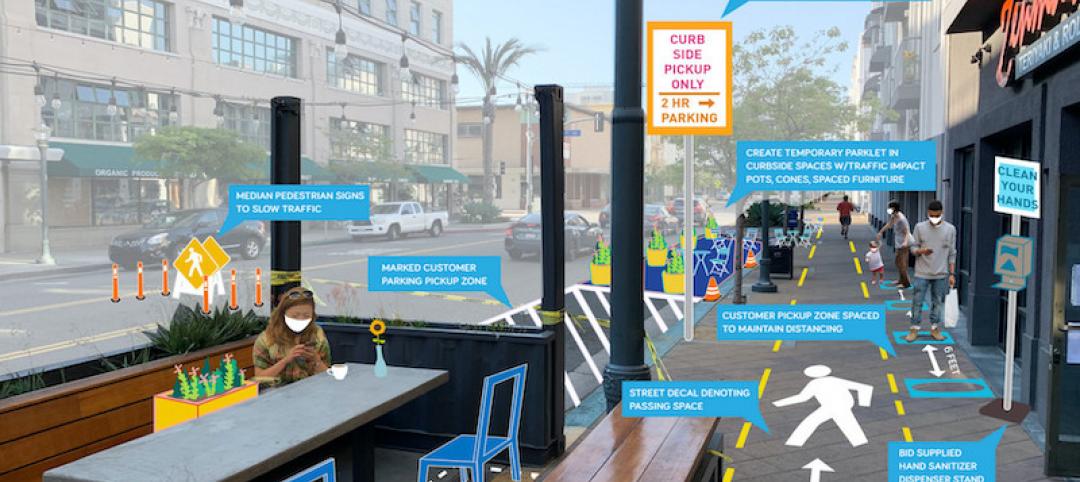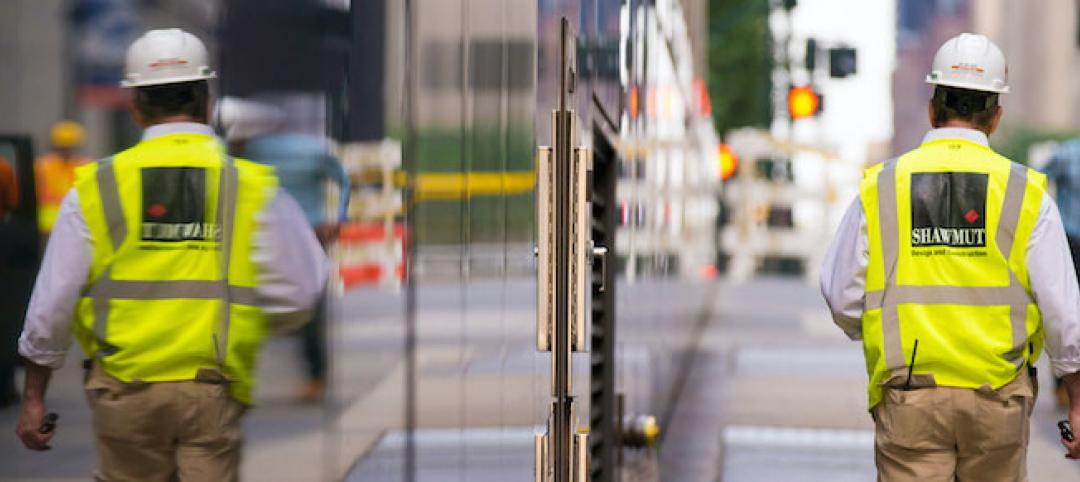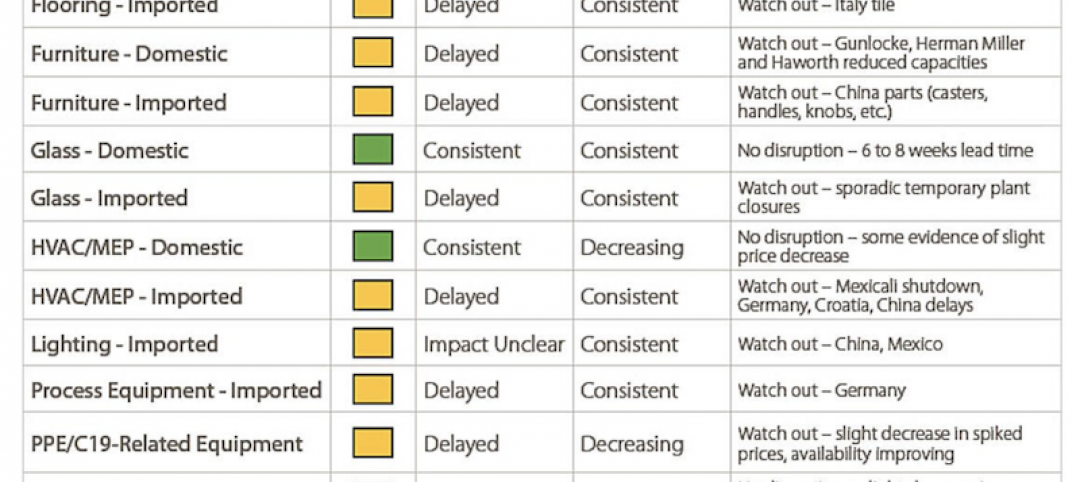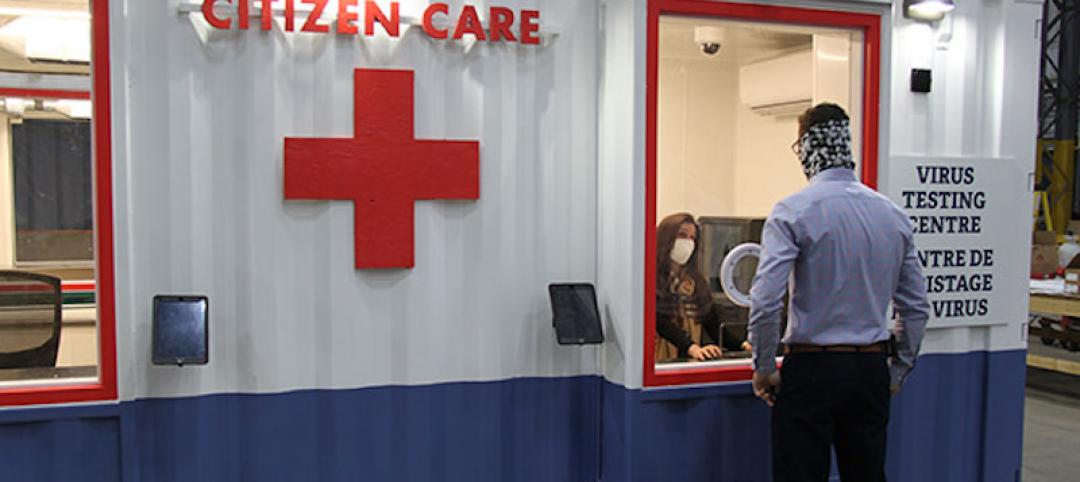Construction spending in February increased 6.0% from February 2019, with year-over-year gains in both residential and nonresidential outlays, according to a new analysis of federal data released today by the Associated General Contractors of America. Association officials cautioned that their latest survey shows conditions for contractors have deteriorated rapidly since February. They called on Congress to urgently pass targeted recovery measures to boost infrastructure funding, compensate firms for lost or delayed federally funded work, and provide needed pension relief.
“Spending in February declined 1.3% from an upwardly revised, exceptionally strong pace in January that was aided by unusually mild winter weather in much of the country,” said Ken Simonson, the association’s chief economist. “Together, the rate in the first two months of 2020 represents a high-water mark immediately before government officials ordered widespread business closures and project owners canceled or halted work on their sites. The survey we conducted March 23 to 26 found that 39% of the more than 1600 respondents said they had been directed to stop work on one or more projects.”
Simonson added that 45% of respondents reported experiencing project delays or disruptions. Shortages of material, parts and equipment, including vital personal protective equipment for workers such as respirators, were reported by 23% of respondents. Eighteen percent reported shortages of craftworkers, while 16% said projects were delayed by shortages of government workers needed for inspections, permits and other actions. Thirteen percent said delay or disruption had occurred because a potentially infected person had visited a jobsite.
“When projects shut down, jobs are lost not only in construction but also in a host of other industries, ranging from quarries to manufacturers, and truckers to professional services,” the economist noted. “Investing in infrastructure now will bring these jobs back sooner and will buy a lot more construction while fuel and materials costs are low.”
Association officials said that, considering that 39% of contractors have had at least one project canceled or delayed because of the coronavirus, construction spending is likely to decline for the foreseeable future. They added that firms will have a hard time continuing to pay current staff under these conditions and called on Washington officials to make new investments in infrastructure, provide relief from losses incurred on delayed or canceled federally funded projects, and pass protections for multi-employer pensions in order to help the industry recover from the economic impacts of the pandemic.
“The pandemic is prompting a collapse in demand for commercial construction, putting tens of thousands of jobs at risk,” said Stephen E. Sandherr, the association’s chief executive officer. “Congress and the administration must do more to make sure that efforts to flatten the curve don’t flat-line this industry and its millions of jobs.”
Related Stories
Coronavirus | May 7, 2020
White paper clarifies steps, roles for use of metal composite material
Responsibilities of manufacturers, distributors, and fabricators outlined.
Coronavirus | May 7, 2020
Architects release new resource for safer re-occupancy of buildings
The American Institute of Architects (AIA) is releasing a new Re-occupancy Assessment Tool today that provides strategies for limiting exposure to COVID-19 in buildings.
Coronavirus | May 6, 2020
Reopening Main Street post-COVID-19 quarantine
Cities and communities will need to adjust public space to allow customers back in with distancing in mind.
Coronavirus | May 6, 2020
Making jobsites safer in the COVID-19 world
A leading construction manager and installer certification alliance share their insights.
Coronavirus | May 6, 2020
National Construction Association and Procore to release new data showing the impacts of the coronavirus on the constructionindustry
Data will be released on Friday, may 8 at 12 pm EDT.
Healthcare Facilities | May 5, 2020
Holt Construction, U.S. Army Corps of Engineers complete temporary hospital in two weeks
The project is located in Paramus, N.J.
Coronavirus | May 5, 2020
How will COVID-19 change the procurement of professional design services?
We can use this moment as a test-case to build greater flexibility into how we pursue, win and deliver capital projects, better preparing the industry to meet the next disruption.
Coronavirus | May 4, 2020
Design steps for reopening embattled hotels
TPG Architecture recommends post-coronavirus changes in three stages.
Coronavirus | Apr 30, 2020
Gilbane shares supply-chain status of products affected by coronavirus
Imported products seem more susceptible to delays
Coronavirus | Apr 26, 2020
PCL Construction rolls out portable coronavirus testing centers
The prefabricated boxes offer walk-up and drive-thru options.


